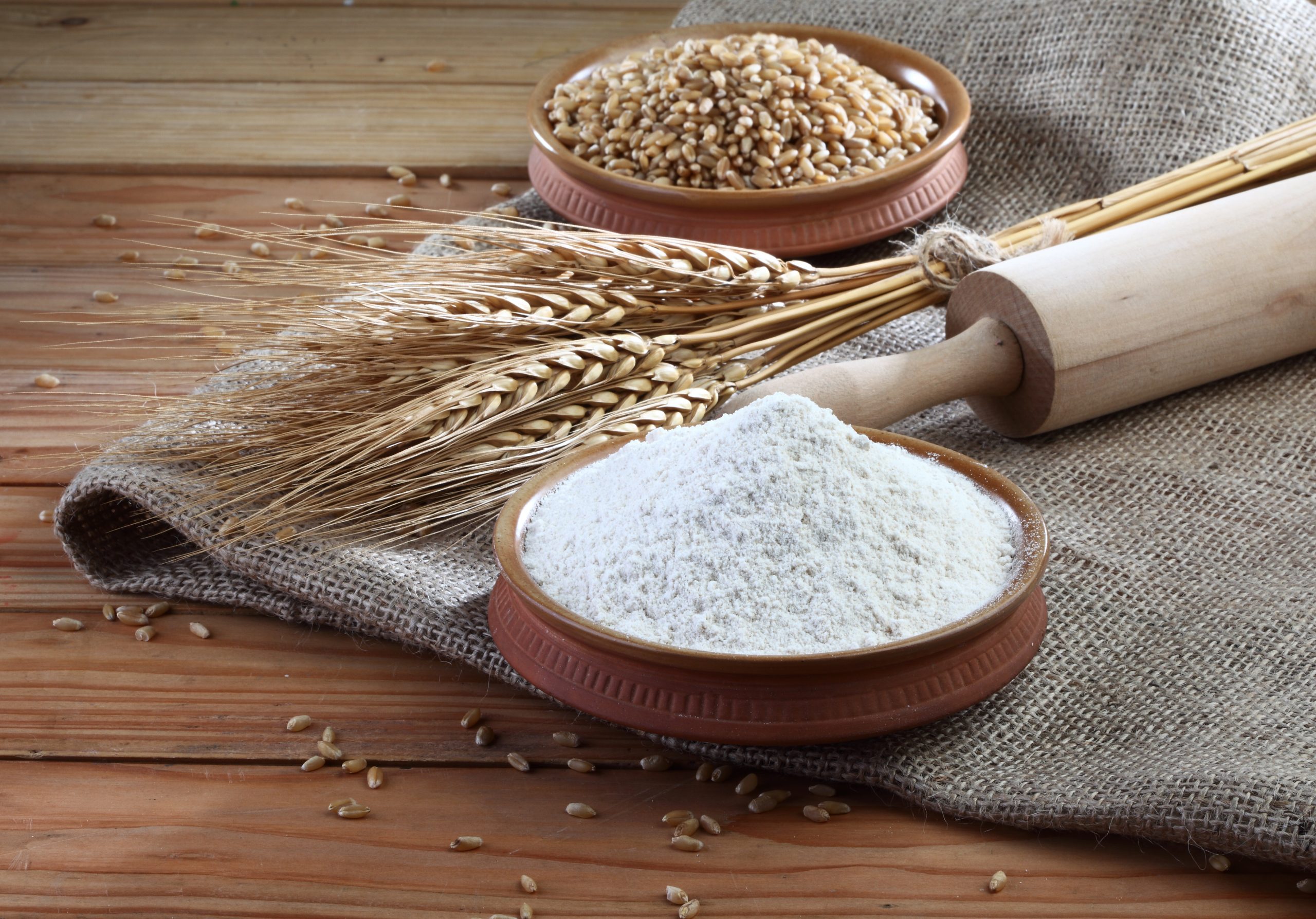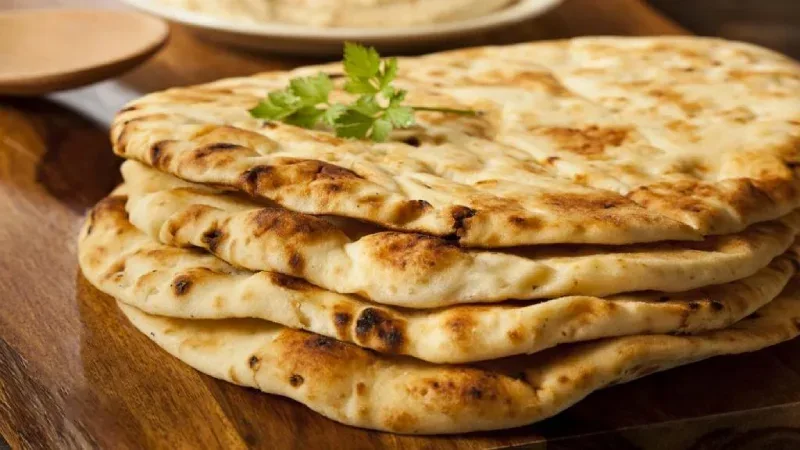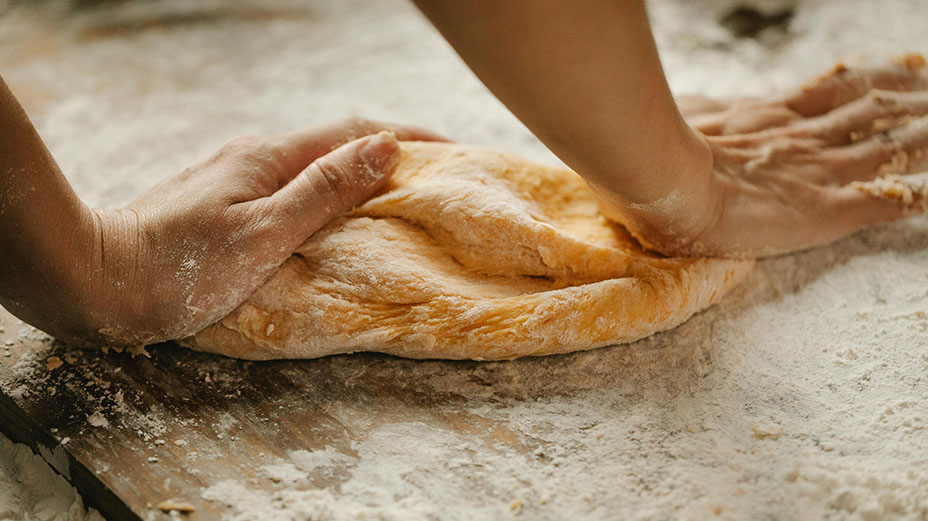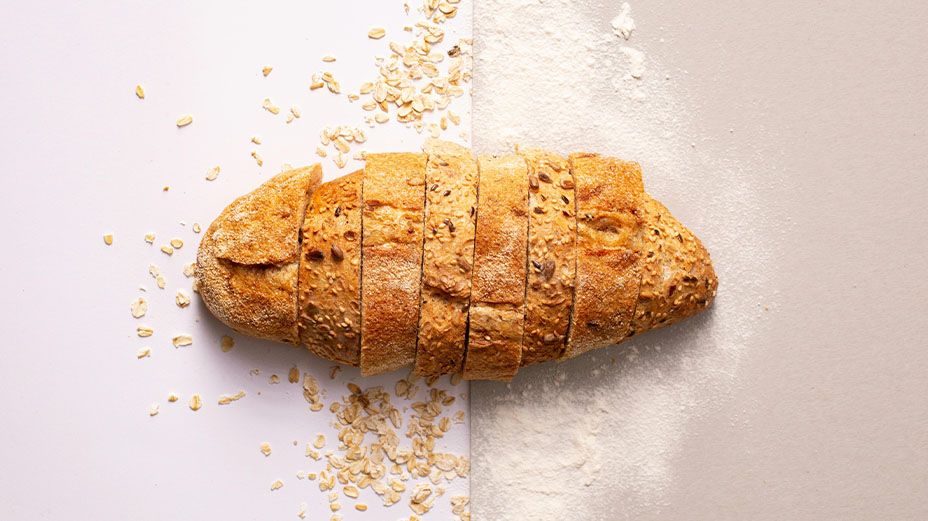You’ve probably heard of gluten, especially if you’re following a healthy diet or have celiac disease. Gluten is a protein found in wheat, barley, and rye that gives bread and other baked goods their elasticity and stickiness. In this article, we will examine the nature of gluten, its benefits and harms, as well as suitable alternatives for people with celiac disease or those looking for a gluten-free diet.
Structure and function of gluten:
Gluten consists of two proteins named gliadin and glutenin. When flour is mixed with water, the two proteins combine to form a sticky, elastic network. This network gives shape and structure to bread and other baked goods and prevents them from tearing.
Benefits of gluten:
Provides elasticity and stickiness: Gluten gives bread and other baked goods elasticity and stickiness, preventing them from tearing.
Increased nutritional value: Gluten is a good source of protein, essential amino acids and fiber.
Flavor: Gluten gives bread and other baked goods a savory flavor.
Disadvantages of gluten:
Celiac disease: Celiac disease is an autoimmune disease in which the body’s immune system attacks the villi of the small intestine. Gluten is the main trigger of this disease.
Gluten sensitivity: Gluten sensitivity is a non-autoimmune reaction to gluten that can cause symptoms such as bloating, diarrhea, and fatigue.
Irritable Bowel Syndrome: Some people with irritable bowel syndrome (IBS) may be allergic to gluten.
Gluten substitutes:
Gluten-free flours: Gluten-free flours such as corn flour, rice flour, chickpea flour, and almond flour can be a good substitute for wheat flour in people with celiac disease or those following a gluten-free diet.
Adhesives: Ingredients such as eggs, flax seeds, chia seeds, and guar gum can be used as gluten substitutes in some baked goods.
Tips for a gluten-free diet:
Read food labels carefully: Many processed foods contain hidden gluten.
Eat with caution at restaurants: Before ordering, make sure the food is gluten-free.
Get information from reliable sources: For more information about the gluten-free diet, you can visit the Iranian Celiac Association website (http://celiaciran.org/) or other reliable sources.
Disadvantages of excessive consumption of gluten:
In addition to the harms mentioned for people with celiac disease and gluten sensitivity, consuming too much gluten can also cause problems for healthy people. Some of these disadvantages include:
Weight gain: Gluten is high in calories and consuming too much of it can lead to weight gain.
Digestive problems: Eating too much gluten can cause bloating, diarrhea, constipation and other digestive problems.
Inflammation: Gluten can cause inflammation in the body, which is linked to various diseases such as cardiovascular disease, diabetes, and rheumatoid arthritis.
Fatigue: Eating too much gluten can cause fatigue and lethargy.
Skin problems: Some people develop skin problems such as skin rashes and eczema after consuming gluten.
Solutions to reduce gluten consumption:
Consuming whole grains and breads: Whole grains such as wholemeal bread, oats, and brown rice contain more fiber and can make you feel fuller, thus reducing your gluten intake.
Consumption of fruits and vegetables: Fruits and vegetables are good sources of fiber and nutrients and can be a good substitute for gluten-containing breads and cereals.
Consumption of legumes: Legumes such as lentils, beans and peas are good sources of protein and fiber and can be a good substitute for meat and bread in your diet.
Use of gluten-free flours: Gluten-free flours such as corn flour, rice flour, chickpea flour and almond flour can be a good substitute for wheat flour in cooking.
Read food labels: Before buying food, read food labels carefully to make sure they are gluten-free.
Result:
Gluten is a protein found in wheat, barley and rye and has benefits and harms. For people with celiac disease or those following a gluten-free diet, there are good alternatives, such as gluten-free flours and gluten-free ingredients.




